Russia vs. Nato: who would win in a war?
Military capability of Western alliance remains ‘formidable’ even without US commitment, as Putin warns Russia is ‘ready’ to fight a war with Europe
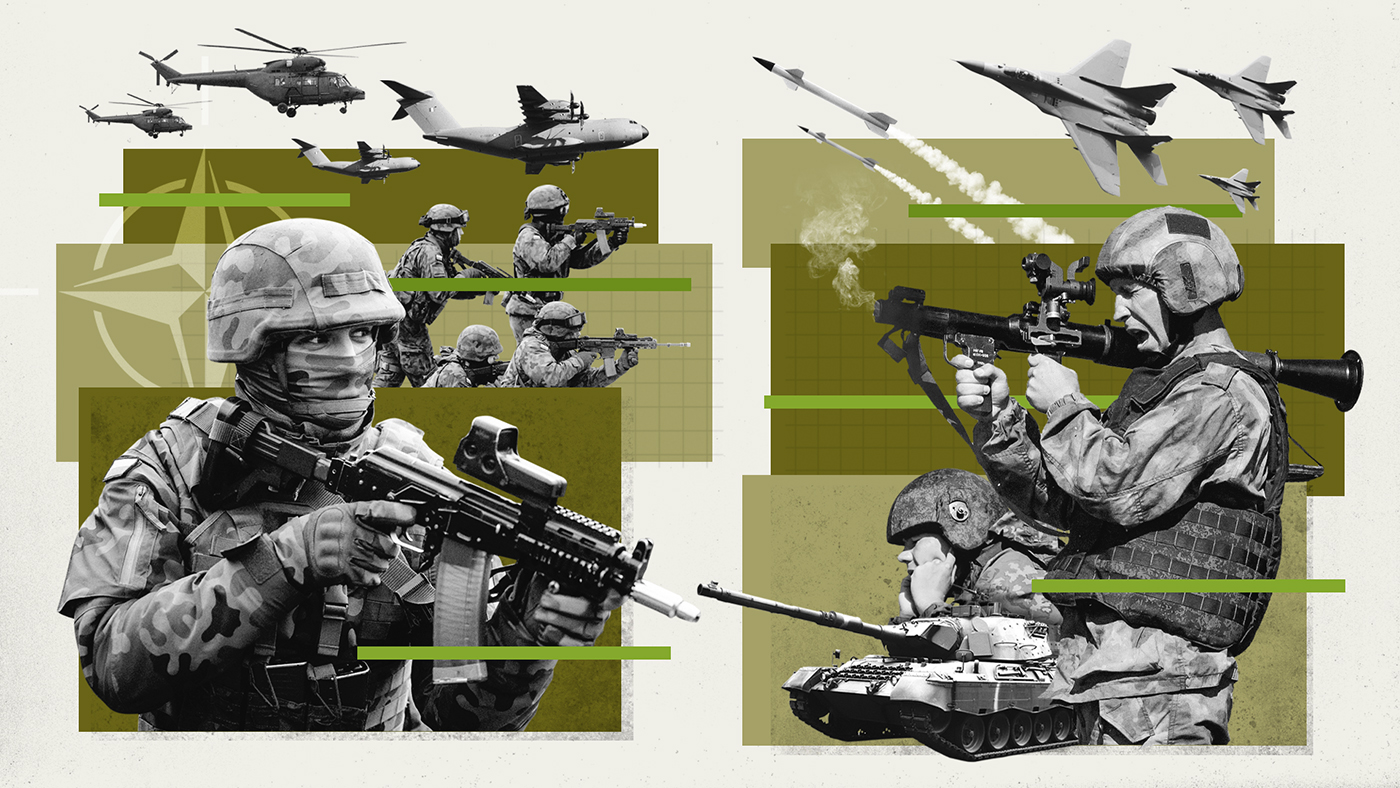
Vladimir Putin has warned Russia is “ready” to fight a war with Europe, escalating his rhetoric as diplomatic efforts to end the war in Ukraine falter.
A five-hour meeting between the Russian president and American negotiators, led by Donald Trump’s special envoy, Steve Witkoff, and his son-in-law, Jared Kushner, came to nothing after Moscow rejected a revised peace plan drawn up by the US and Europe.
Accusing European countries of trying to sabotage peace negotiations with “absolutely unacceptable” demands, Putin said “we are not planning to go to war with Europe, but if Europe wants to and starts, we are ready right now.”
The Week
Escape your echo chamber. Get the facts behind the news, plus analysis from multiple perspectives.

Sign up for The Week's Free Newsletters
From our morning news briefing to a weekly Good News Newsletter, get the best of The Week delivered directly to your inbox.
From our morning news briefing to a weekly Good News Newsletter, get the best of The Week delivered directly to your inbox.
It is the most explicit threat yet made against Europe – and by extension Nato – and comes after repeated Russian drone and jet incursions into its airspace. At a meeting of Nato foreign ministers in Brussels on Wednesday, Secretary General Mark Rutte warned that Russia “continues to test our deterrence”, and “we face real and lasting dangers”.
The Kremlin is “working closely” with China, North Korea and Iran “to disrupt our societies and tear up the global rules”, and they are “preparing for long-term confrontation”.
Nato’s military power
The return of Donald Trump to the White House at the beginning of the year has forced other Nato members to boost defence allocations in a bid to keep the US – the primary guarantor in alliance – onside.
America is by far Nato’s biggest player and spends almost as much on defence as the next 10 spenders in the world combined. Its total in 2023 was about $916 billion (£715 billion), according to Statista – nearly 40% of the total military spending worldwide that year. The UK sits in sixth place, with spending of $74.9 billion (£60 billion).
A free daily email with the biggest news stories of the day – and the best features from TheWeek.com
Amid fears the US could even pull out of the alliance, Nato members in June agreed to an ambitious 2035 target of spending 5% GDP on defence. While the US commitment “should remain iron-clad,” said a Washington Post editorial at the time, it was only right Europe should take up more of the burden so that Washington can “make major investments” to confront the rise of China. This is still worth it to Europe: Nato is “worth fighting, and spending, to preserve”.
Recent violations of Polish, Romanian and Estonian airspace by Russian jets and drones has “thrust Nato’s collective defence principles into the spotlight”, said Al Jazeera.
Being members of Nato, a drone attack on any of those countries “could trigger Article 5 of the Nato treaty”, meaning that all other Nato members, including the US, would be compelled, under the mutual assistance clause, to come to their aid. And, together, their substantial firepower could give Nato the edge in all-out war.
Nato’s resources have also been bolstered by the accession of two new member states since the outbreak of the conflict in Ukraine: Finland, which joined in April 2023, and Sweden, which was admitted in March 2024 after a two-year struggle to overcome vetos from Hungary and Turkey.
While both have large defence industries and advance military capabilities, the biggest contribution the two new members bring to the table is “geostrategic”, said the US Institute of Peace think-tank, their location shoring up the alliance’s exposed northeastern flank and shielding the Baltic states, regarded as most vulnerable to future Russian aggression.
But as well as how much governments spend, how they spend that money is also important. “Duplicate and incompatible capabilities” are a problem: there are 178 weapon systems types and 17 different makes of tank in the EU alone, said the BBC. Defence contracts tend to be negotiated years in advance and production takes a long time so untangling inefficiencies and pooling resources would not be quick or easy.
Collectively, the 32 members of Nato can field a “powerful, and modern fighting force,” said Kyiv Independent, “but – its European contingent at least – faces ammunition shortages, a fragmented defence industry, and insufficient air defence coverage”.
Western armies, with their artillery and armoured vehicles, are out of date whereas “it is Ukraine that today has perhaps the most combat-ready army in Europe”, wrote Oleg Dunda, a member of parliament for Ukraine, in The Spectator. The US has more weaponry but Ukraine’s army is unique in having adapted to the new, mostly electronic, unmanned systems that are the most successful elements of the Russian barrage. A potential invasion of the Baltic states might not involve a single tank.
“It will be unexpected: with communication blackouts, drone strikes on infrastructure and civilian convoys in uniform without identification marks,” said Dunda. “Estonia, Latvia and Lithuania may simply wake up as part of Russia. Without a single shot fired by Nato.” An invasion of the Baltics could happen at any time, including while Russia is still fighting in Ukraine. Europe does not necessarily have much time to prepare but it is not necessary to spend 5% of GDP, as Nato chief Mark Rutte is pushing for, because drones cost a lot less than nuclear submarines and are more effective for the war ahead.
Russia’s military power
Despite international sanctions and its well-publicised struggles in Ukraine, Russia has “accelerated its military production”, said UK Defence Journal. Military spending has surged to an estimated €120 billion (£103 billion) in 2025 – equivalent to over 6% of GDP – nearly quadrupling the country’s 2021 defence budget.
The German intelligence service and army “believe the Russian war economy is generating more output than is required solely for operations in Ukraine”, suggesting it could be preparing for a wider confrontation.
Earlier this year, Putin launched Russia’s biggest conscription drive in over a decade, as he looks to boost the number of active servicemen to 1.5 million. While this would give Russia a bigger army than the US alone, it still falls well behind Nato’s collective might. According to Statista, Nato has 3,439,197 active soldiers, compared to Russia’s current 1,320,000. Russia has only about 4,292 military aircraft compared with Nato’s combined 22,377, and 419 military ships compared to Nato’s 1,143. Russia is decisively outnumbered by Nato for tanks (5,750 to 11,495), and in terms of armoured vehicles overall its stock of 131,527 is dwarfed by Nato’s 971,280.
The two forces are evenly matched in terms of known nuclear capability, with the Nato nuclear powers – the US, UK and France – able to field 5,559 nuclear warheads to Russia’s 5,580. In October, Putin announced the successful test of the Burevestnik nuclear-powered cruise missile – nicknamed the “Flying Chernobyl” because it emits radioactive exhaust from its unshielded reactor. It is capable of flying for 15 hours non-stop and covering a distance of 14,000 km (8,700 miles), putting almost all Nato states in its range.
Russia’s war economy has so far remained remarkably resilient in the face of Western sanctions. This has allowed its “military-industrial complex to churn out tanks and infantry fighting vehicles, missiles, ammunition and artillery pieces”, said Al Jazeera.
While it continues to make slow but steady gains on the battlefield, Russia is also “ramping up its war machine at breakneck speed”, said United 24. According to Ukrainian military intelligence, Moscow plans to produce 2,500 missiles, nearly 250 tanks, 1,100 armoured vehicles, and 57 advanced fighter jets by the end of the year.
These ambitious production targets reveal preparations not only for its war against Ukraine but also for a potential large-scale confrontation with Nato as early as 2029 “if its armament efforts persist”, said Reuters.
These ambitious production targets reveal preparations not only for its war against Ukraine but also for a potential confrontation with Nato by 2030.
A full-scale attack on a Nato member is not as far-fetched as it might seem, according to Germany’s chief of defence, General Carsten Breuer. Russia has been producing “hundreds of tanks a year”, he told the BBC – enough to attack a Nato Baltic state by the end of the decade.
And the ammunition supplies that Russia is also producing, such as drones, missiles and artillery shells, aren’t all going to the war in Ukraine; “there’s a build-up of the stocks”, too, the general said. He identified the Suwałki Gap, an area on the Russian border with Poland, Lithuania and Belarus as the most “vulnerable” area for an invasion that “could trigger a larger war between Russia and the US”.
The cost of war
The cost of destruction in the warzone, higher energy prices, and a sell-off in financial markets could total $1.5 trillion (£1.14 trillion) in the first year, roughly the same as the impact of the full-scale invasion of Ukraine, according to Bloomberg Economics.
The human cost aside, Baltic states would naturally be the worst affected, suffering a 43% hit to their economies in the first year of fighting. Frontline Nato members such as Poland and Finland would take a “smaller but still significant hit as missiles fly” while GDP of the EU as a whole would fall by 1.2% “and debt would be put on a steeper upward trajectory”. Losses would be “much greater if the conflict spilled into other European countries”.
Who would win then?
Despite small signs of improvement, and the latest fighting talk from Putin, “Russia is in no shape to take on Nato”, with the alliance having been “revitalised” by the invasion of Ukraine, said Al Jazeera.
Even without the US, the collective military capability of Nato members is “formidable”, said George Allison in The Telegraph.
“The technological sophistication and interoperability of Nato forces significantly amplify their combat effectiveness.” The alliance’s “strength resides in its ability to leverage cutting-edge technology and integrated command structures to conduct operations adaptable to the battlefield’s rapidly changing circumstances”.
With an integrated command structure developed over decades, better trained and equipped troops and the “notable difference in the quality of Western weapons, all this adds up to the conclusion that Nato would quickly prevail in any conventional war against Russia”, said Al Jazeera.
Yet herein lies the “danger”: that “a series of defeats might force Moscow to use tactical nuclear weapons or face total defeat”.
-
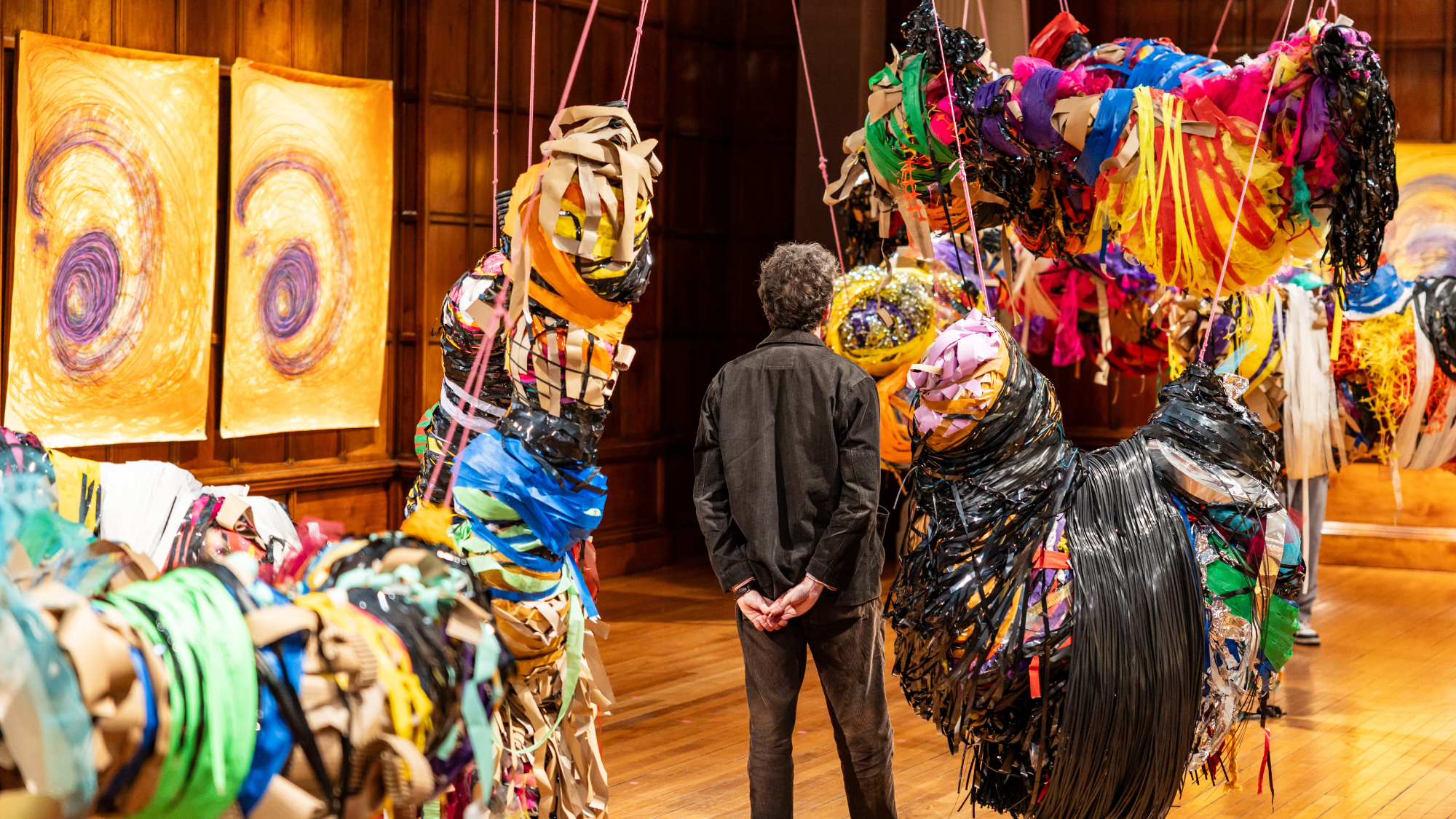 Nnela Kalu’s historic Turner Prize win
Nnela Kalu’s historic Turner Prize winTalking Point Glasgow-born artist is first person with a learning disability to win Britain’s biggest art prize
-
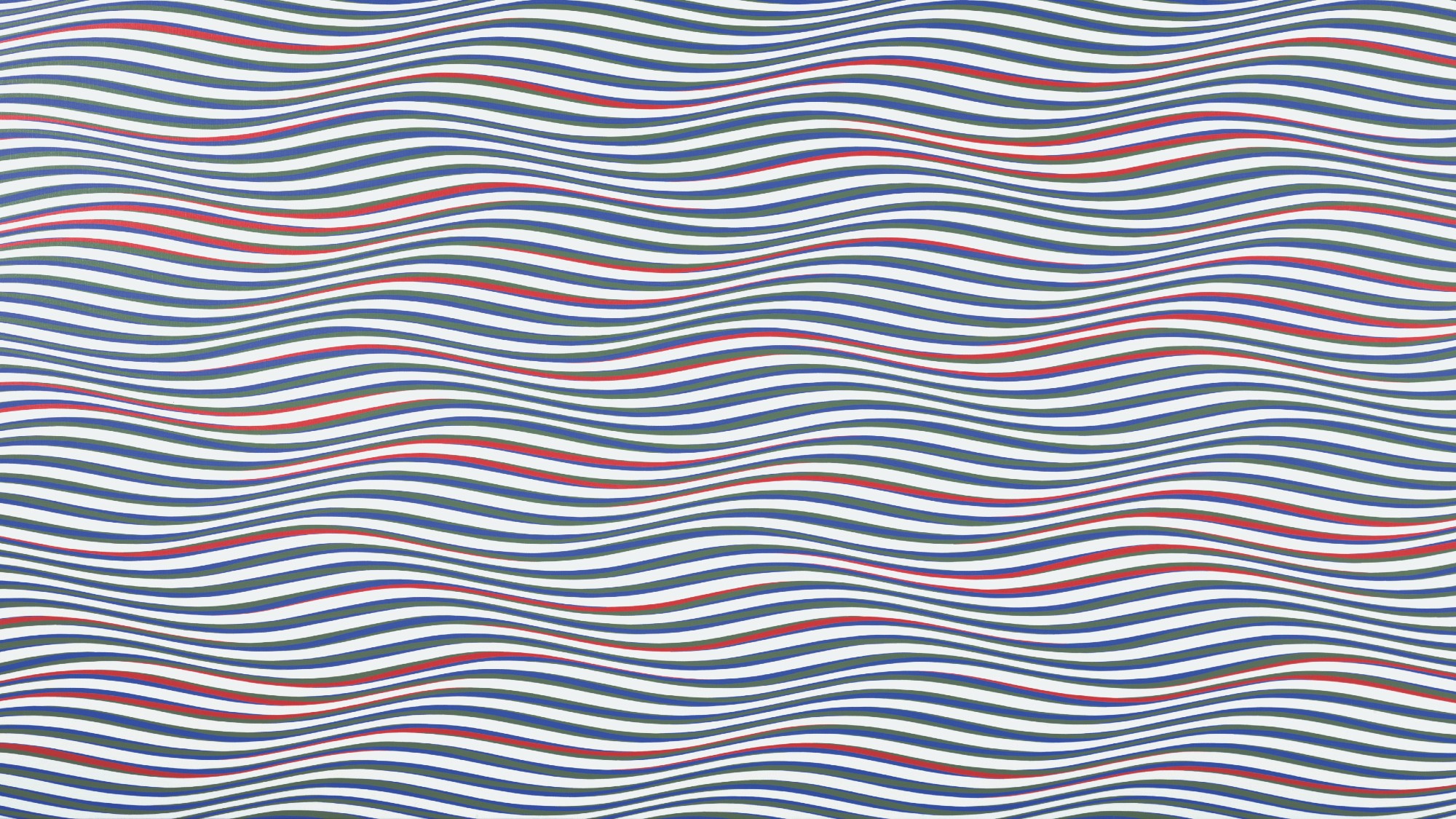 Bridget Riley: Learning to See – an ‘invigorating and magical ensemble’
Bridget Riley: Learning to See – an ‘invigorating and magical ensemble’The Week Recommends The English artist’s striking paintings turn ‘concentration into reverie’
-
 ‘Stakeknife’: MI5’s man inside the IRA
‘Stakeknife’: MI5’s man inside the IRAThe Explainer Freddie Scappaticci, implicated in 14 murders and 15 abductions during the Troubles, ‘probably cost more lives than he saved’, investigation claims
-
 Did Trump just end the US-Europe alliance?
Did Trump just end the US-Europe alliance?Today's Big Question New US national security policy drops ‘grenade’ on Europe and should serve as ‘the mother of all wake-up calls’
-
 Taiwan eyes Iron Dome-like defence against China
Taiwan eyes Iron Dome-like defence against ChinaUnder the Radar President announces historic increase in defence spending as Chinese aggression towards autonomous island escalates
-
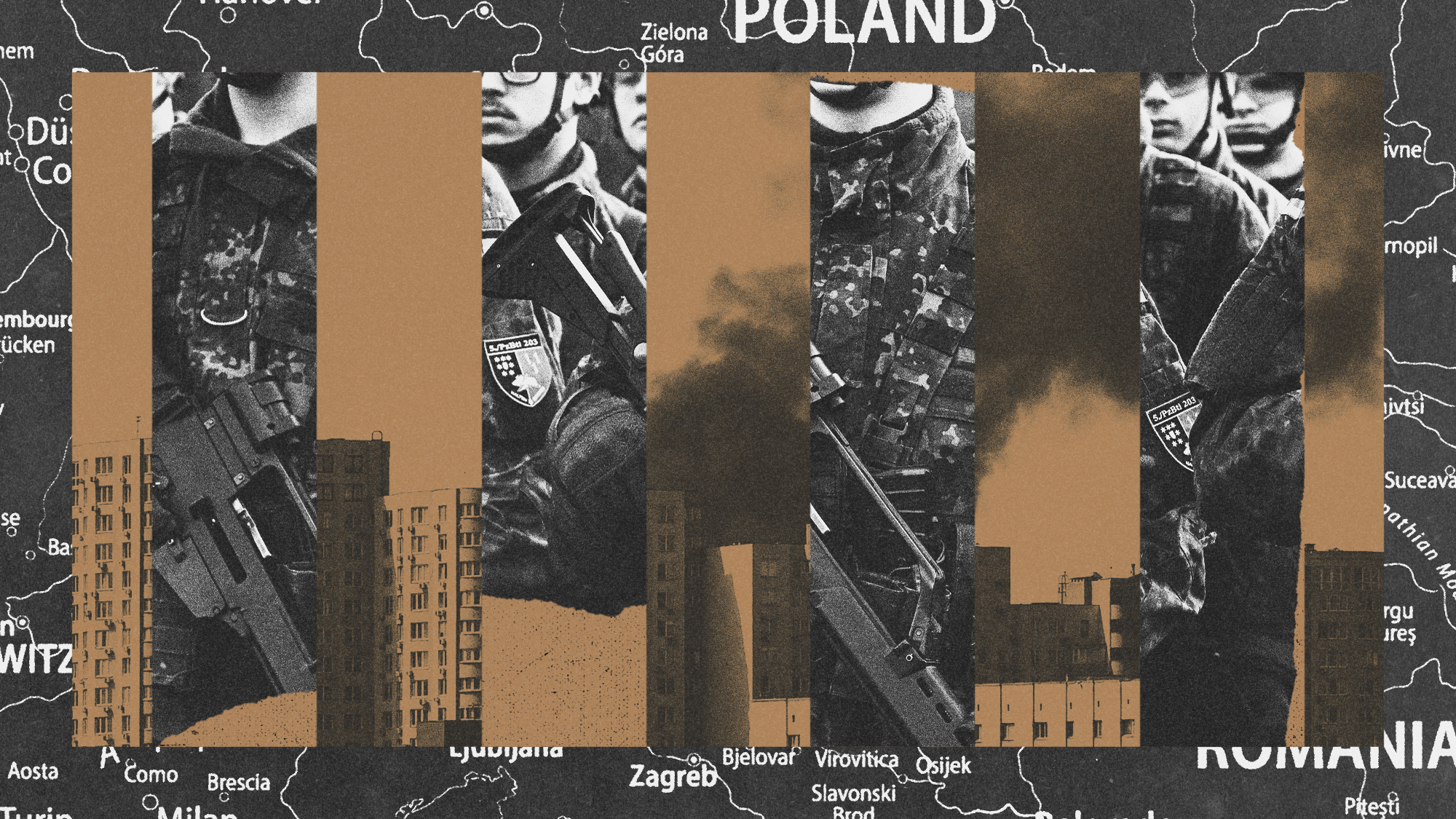 Is conscription the answer to Europe’s security woes?
Is conscription the answer to Europe’s security woes?Today's Big Question How best to boost troop numbers to deal with Russian threat is ‘prompting fierce and soul-searching debates’
-
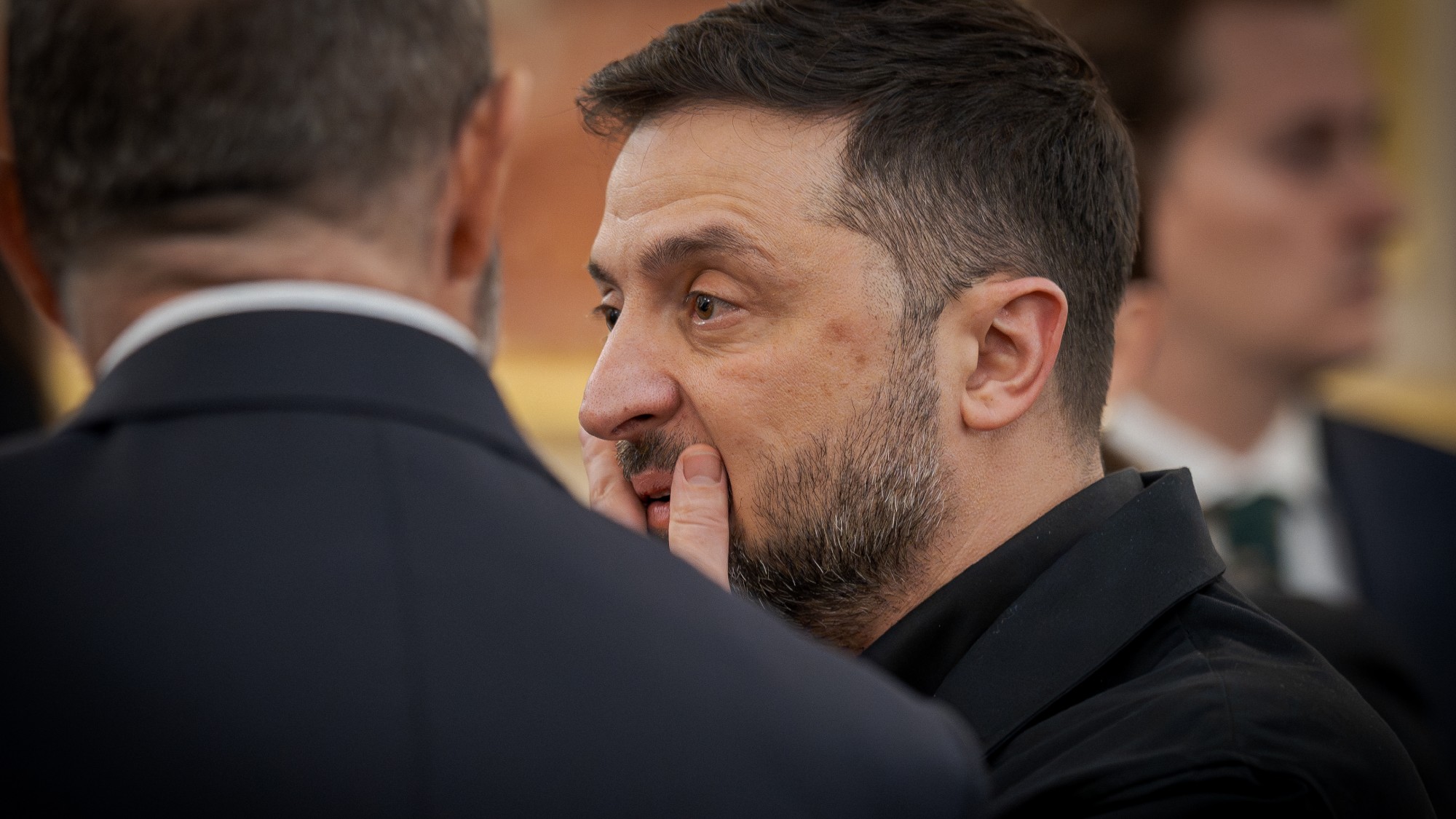 Trump peace deal: an offer Zelenskyy can’t refuse?
Trump peace deal: an offer Zelenskyy can’t refuse?Today’s Big Question ‘Unpalatable’ US plan may strengthen embattled Ukrainian president at home
-
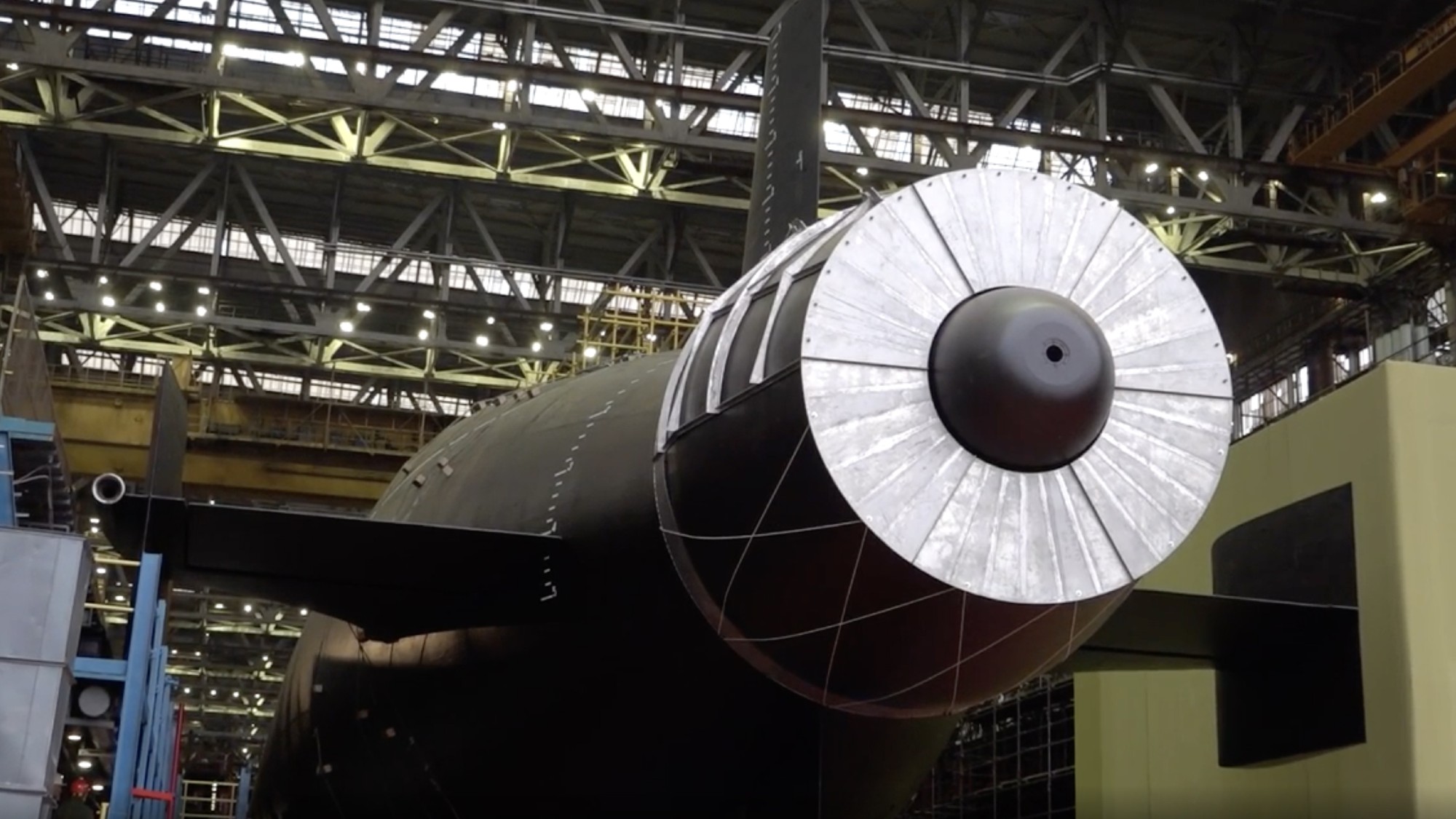 Vladimir Putin’s ‘nuclear tsunami’ missile
Vladimir Putin’s ‘nuclear tsunami’ missileThe Explainer Russian president has boasted that there is no way to intercept the new weapon
-
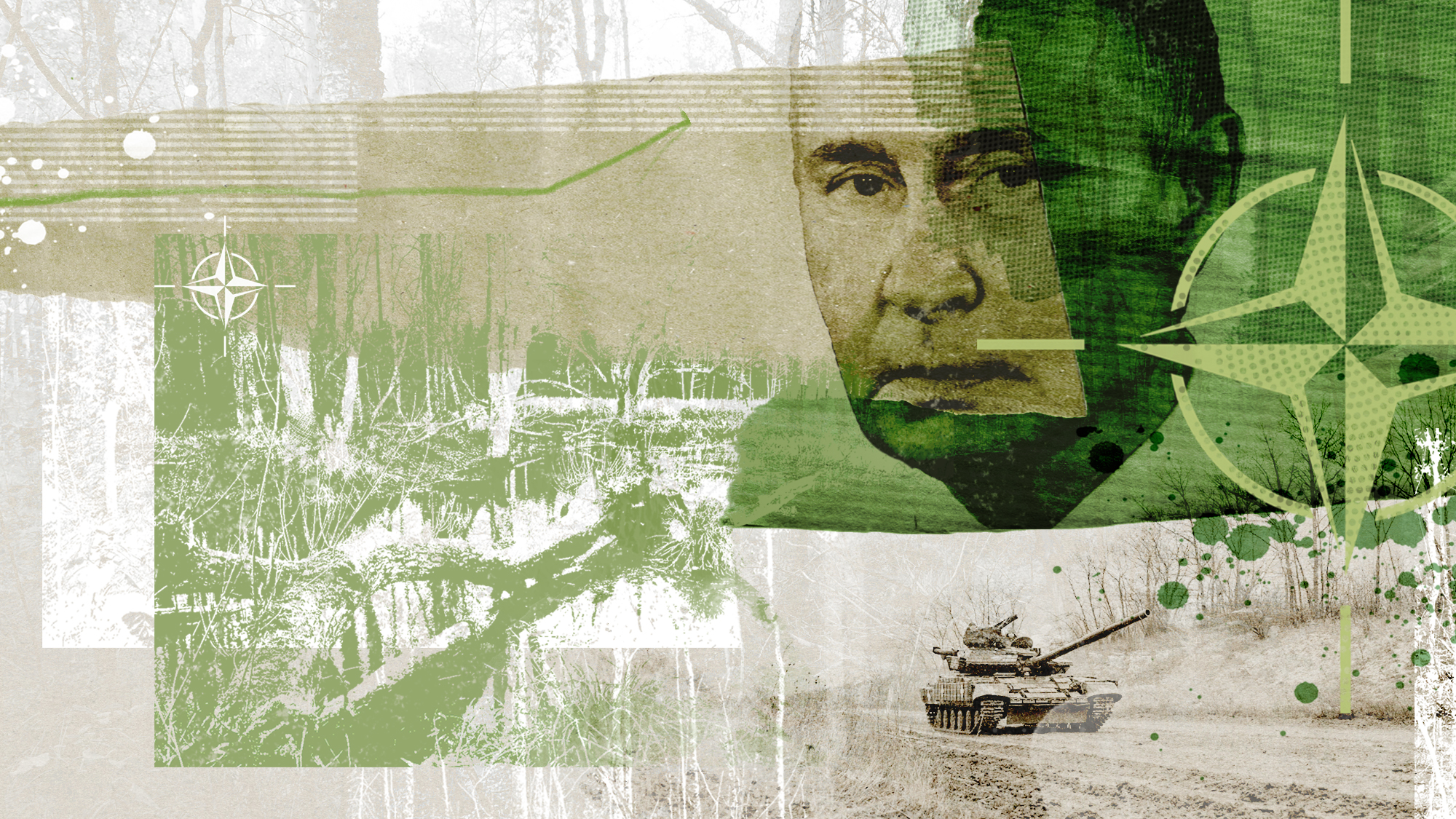 The Baltic ‘bog belt’ plan to protect Europe from Russia
The Baltic ‘bog belt’ plan to protect Europe from RussiaUnder the Radar Reviving lost wetland on Nato’s eastern flank would fuse ‘two European priorities that increasingly compete for attention and funding: defence and climate’
-
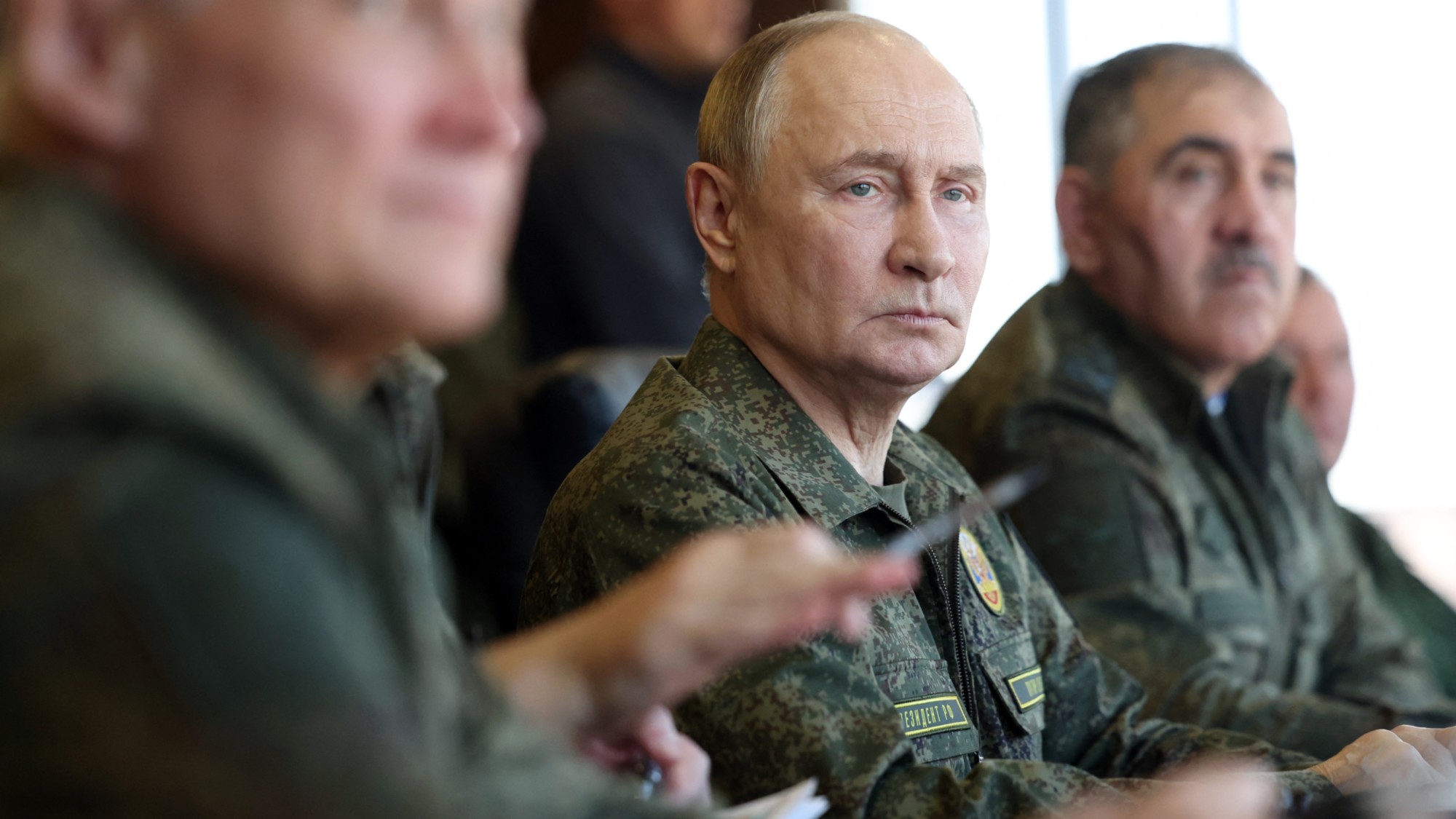 How should Nato respond to Putin’s incursions?
How should Nato respond to Putin’s incursions?Today’s big question Russia has breached Nato airspace regularly this month, and nations are primed to respond
-
 Russia’s war games and the threat to Nato
Russia’s war games and the threat to NatoIn depth Incursion into Poland and Zapad 2025 exercises seen as a test for Europe